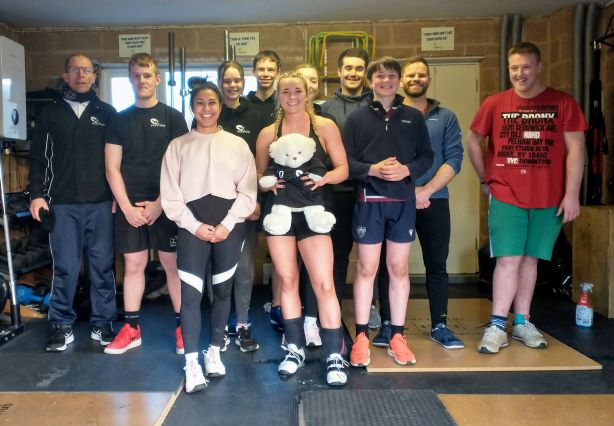How to start weightlifting pt3: your first competition
Leave a CommentYour first weightlifting competition.
Entering your first competition is a big step for every weightlifter. Every single Olympic weightlifter has had to enter as a beginner at some point. Whilst you may not be able to control your nerves, and you can’t control what the other entrants are lifting, you can prepare yourself by eliminating silly mistakes.
Competition overview
Weightlifting, like boxing and wrestling, is divided into different weight categories. Men and women compete in different groups and they are further sub-divided into youth and masters.
In smaller competitions, you may find yourself lined up with people a lot younger or older or even heavier, but the results only count against your category. Usually, 6-8 people are lifting in the same group.
Each lifter has to weigh in with an official 2-3 hours before their group is due to start. The lifters have a warm-up area to prepare for their first lift. They are called to the competition platform and their names are announced to the spectators about ten minutes before the first lift is due.
The lifters share one competition platform and the lightest load is lifted first. The weights are continually added to the bar until each lifter in the group has attempted the snatch three times. You might lift three times in succession or you might have to wait for 5 to 8 lifts as other lifters make their attempts. If you are following yourself, you will have a 2-minute rest, if you are following another lifter, you will have a 1-minute rest.
The same process is repeated with the clean and jerk. If you fail an attempt you can either stay on the same weight or choose to go up. You can never go lighter!
The winner is the person who has lifted the most weight combined in snatch and clean and jerk.
A presentation is held shortly after the competition finishes.
There are three technical officials who judge whether your lift is successful, or not. This is now done electronically and you will hear a buzzer and see 3 white lights for success or red lights for failure. You just need two white lights for it to count. If the electronics fail, then the judges will use a flag system.
Control the controllable
This has become a cliche amongst sports psychologists but, watching one of our recent weightlifting club‘s ‘Personal Best’ nights, I was gobsmacked about how ill-prepared some of the young people were.
This is why we run these sessions: it allows the novices to make mistakes and learn on their ‘home turf (platforms)’. They can then improve and prepare better for the time they enter their first licensed competition.
Here is a checklist of things that are within your control:
- Enter the competition early (they sell out fast).
- Arrive on time (plan your route, know the start time, allow for delays).
- Make your weight. Only enter the category that you know you can make weight for. Know this in advance and lose weight gradually if you have to.
- Have a drink and snack ready. If you have had to skip a meal to make the weight, have something ready to eat before you compete. Never rely on finding something at a competition venue.
- Don’t chew gum (can’t believe I have to write this). You can choke on it.
- Know your opening lifts. You have to declare this on the competition entry and also when you arrive. You are allowed to adjust this by a maximum of 20kg on both lifts combined before you lift. I.e. if you declare an opening snatch of 60kg and clean and jerk of 80kg, (140kg total) you can adjust to a 120kg or 160kg total depending on how you feel on the day.
- Have all your weightlifting kit packed and prepared. Check the competition rules to see if you need a singlet or not. You will always need weightlifting shoes.
- Know your personal bests and what you aim to lift on the day (some people don’t know what they lift!).
Dealing with the uncontrollable
There are certain things you can’t control: the schedule, the weigh-in times and how much your opponents are lifting. The order in which you make your attempts is constantly changing as the other lifters adjust their attempts. You could wait 2 minutes, or have to wait 10 minutes between lifts: this is disconcerting and you might have to get an extra warm-up lift in.
But, if you have everything else in control, you are better able to focus on the bar and make your lifts. The audience is respectful at competitions and wants to see good lifts. If you are fit and prepared, then be confident and lift the weight above your head. It’s that simple.
Summary
It is a good idea to go along to a competition to see how the format works. You can volunteer as a loader (always needed) or cheer your club mates on.
Otherwise, get used to lifting in front of an audience at your club, and replicate the countdowns and the 6 attempts. This will help you understand the process. Enjoy your first weightlifting competition.




